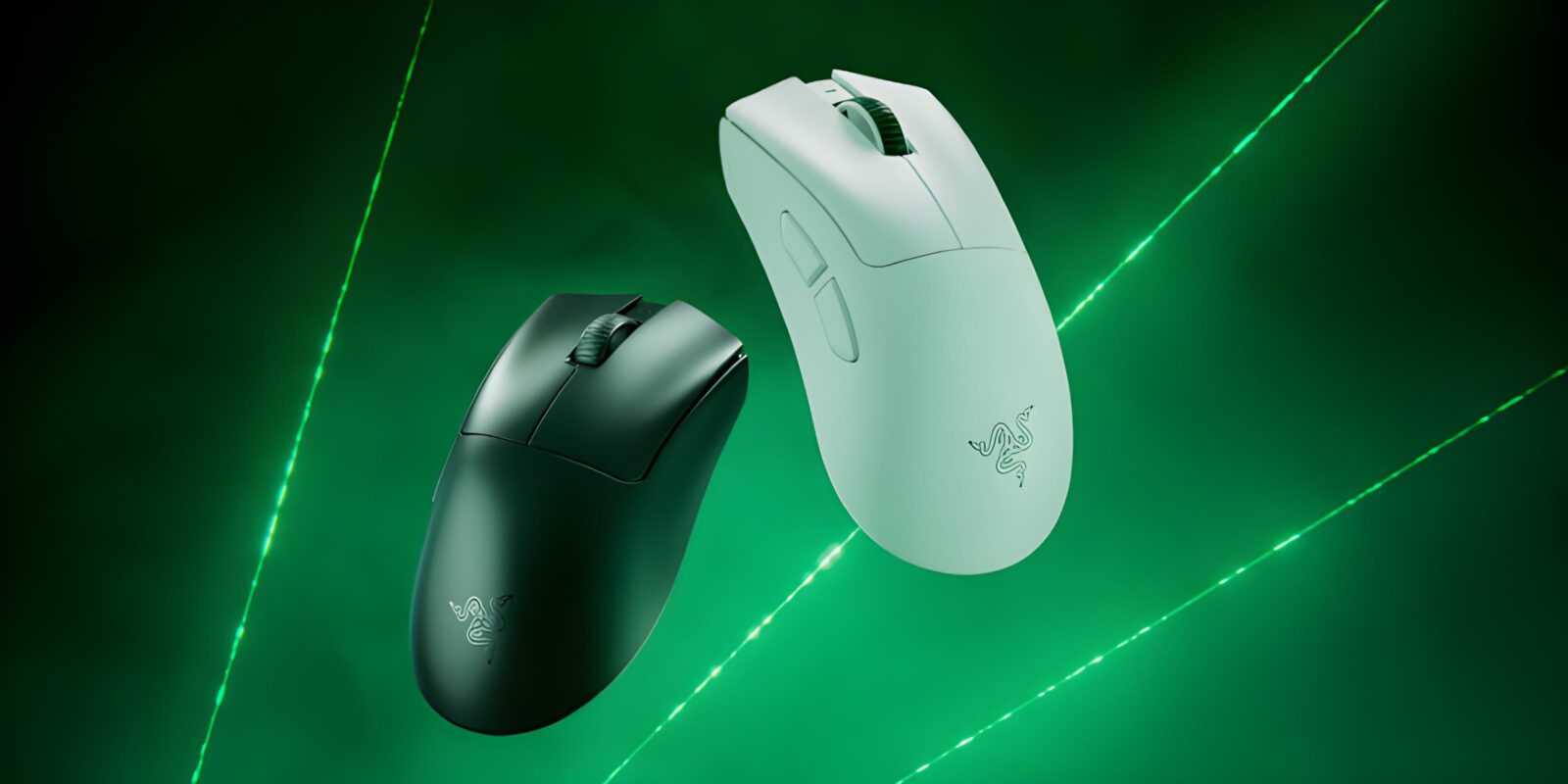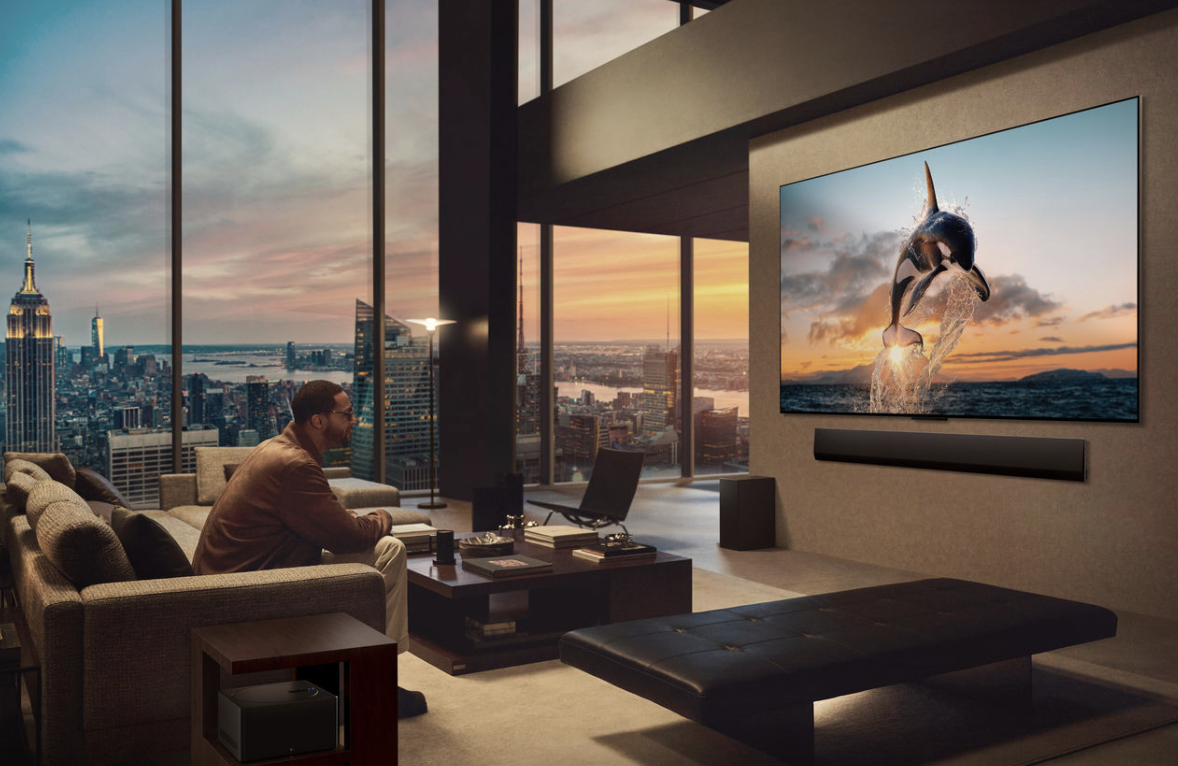Huawei has officially launched HarmonyOS for PCs, completing its long-term strategy to unify all of its consumer devices under one operating system. Announced at the HarmonyOS Computer Technology and Ecosystem Communication Conference, the move positions Huawei as a direct competitor to Windows and macOS in the desktop computing space.
Built entirely in-house, HarmonyOS for PC is designed to operate independently of Android and Windows. According to the company, the system is based on a proprietary “Harmony base,” which includes the Harmony kernel, Ark engine, StarShield security architecture, ArkTS programming language, ArkUI framework, and DevEco development tools. In other words, it’s a clean-slate operating system with no technical dependencies on Western platforms.
Security and privacy were prominent themes during the launch. Huawei claims the OS includes features like real-name developer authentication, app store signature verification, and fine-grained permission controls for screen recording and screenshots. A dedicated super privacy mode disables access to the microphone, camera, and location across the entire system.
At the hardware level, Huawei says chip-based full-disk encryption ensures that data remains inaccessible if a storage drive is physically removed, offering an additional layer of security for users and enterprises alike.
On the productivity front, HarmonyOS Office brings cross-device integration for Huawei’s ecosystem—spanning phones, tablets, smart displays, and now PCs. The experience supports unified accounts, real-time multi-device syncing, and AI-assisted interactions to streamline tasks across platforms.
For businesses, Huawei is introducing enterprise-focused tools and infrastructure, including the Enterprise Application Center and Enterprise Business Deployment Cloud, with added support for device management, security, and collaboration tools.
The company has set an official release date of May 19 for HarmonyOS for PC. However, Huawei has yet to reveal which devices will support the OS at launch or whether it plans to license the system to other manufacturers. Equally uncertain is whether the platform will attract third-party developers in a global market already saturated with Windows, macOS, and a variety of Linux distributions.
Huawei originally began developing HarmonyOS in response to U.S. trade restrictions that cut off access to Google services and other key technologies. Since then, the company has gradually rolled the OS out across its smartphones, tablets, wearables, and smart home devices.
Now, with the launch of HarmonyOS for PC, Huawei is signaling its most ambitious challenge yet to the global computing status quo—offering a proprietary alternative to American-built operating systems at a time when national tech self-reliance is becoming a strategic priority in China.





